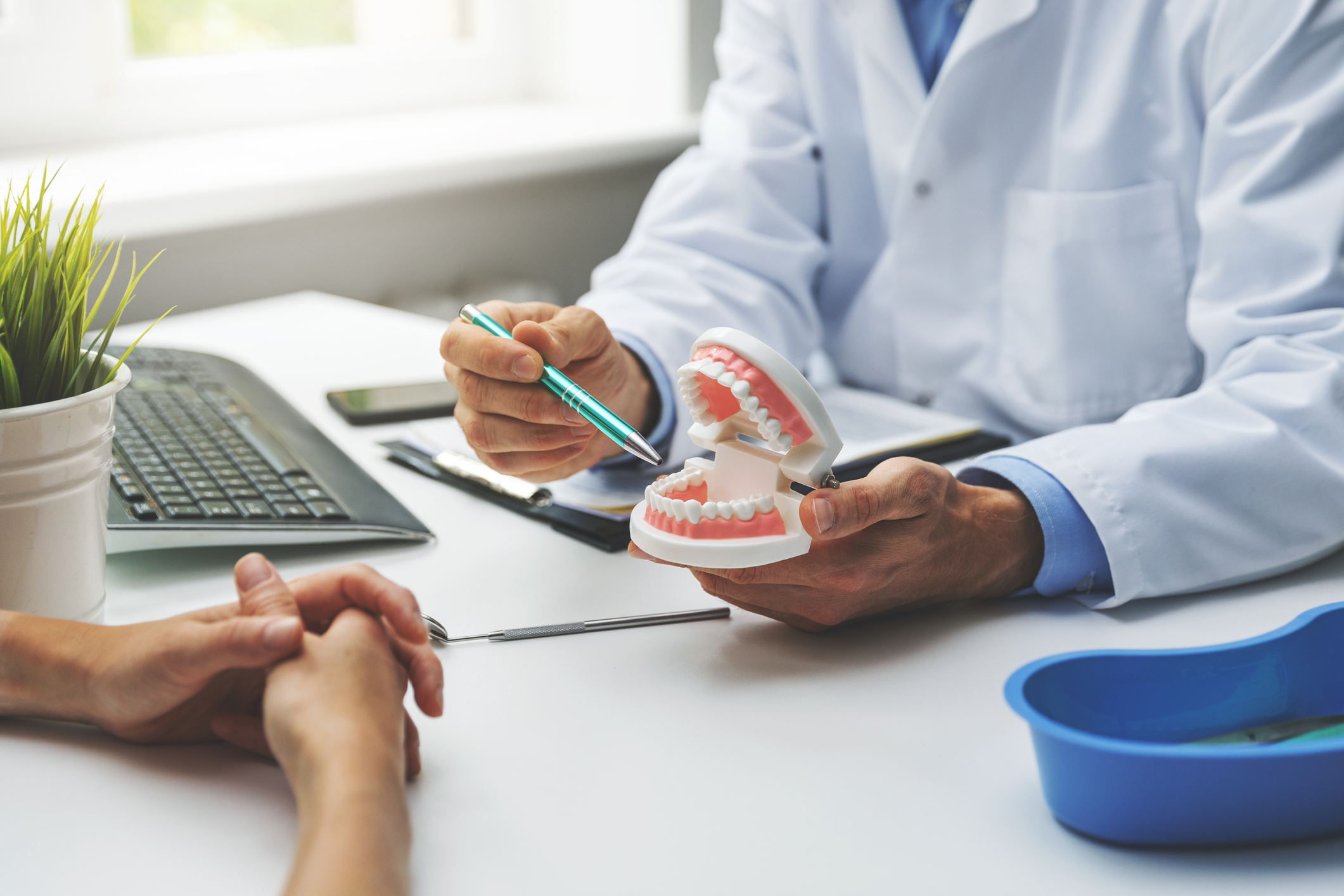
Tips for Eating After a Dental Filling
A dental filling is a dental procedure commonly carried out to help restore a damaged tooth. Proper post-filling care helps alleviate discomfort and sensitivity, promotes healing and prolongs the filling’s life. This article covers what to expect after a filling, appropriate foods to eat, best practices and when to seek further dental advice.
What to Expect After a Filling
After getting a filling, individuals may experience some sensitivity and discomfort on occasions. Common experiences include:- Numbness – The local anaesthetic will leave your mouth numb for a few hours.
- Sensitivity – Increased sensitivity to hot, cold, sweet, or pressure, usually subsiding within a few days to a week.
- Mild Discomfort – Manageable with over-the-counter pain relievers like ibuprofen or paracetamol.
- Bite Adjustment – If the filling feels too high, contact your dentist for an adjustment.
Foods to Avoid After a Filling
- Hard Foods – Nuts, popcorn, hard candies and ice.
- Sticky Foods – Caramel, chewing gum, toffee and gummy candies.
- Sugary Foods and Drinks – Minimise consumption of sweets, sodas and sugary desserts.
- Hot and Cold Foods – Avoid extreme temperatures to reduce sensitivity.
- Crunchy Foods – Raw vegetables, chips and crispy snacks.
When to Contact Your Dentist
- Persistent Sensitivity – Lasting beyond a week.
- Severe Pain – Not relieved with over-the-counter pain relievers.
- Filling Feels Too High – If your bite feels uneven, it may need adjustment.
- Signs of Infection – Swelling, redness, or discharge around the filled tooth.






